Is destruction of society possible? A NASA-funded study says it is.
According to a study published in Ecological Economics and funded by NASA, our industrial civilization may follow the fate of Mayans, Romans, and other civilizations that collapsed in the past.
As the paper states: “The destruction of society in Roman Empire, and the equally (if not more) advanced Han, Mauryan, and Gupta Empires, as well as so many advanced Mesopotamian Empires, are all testimony to the fact that advanced, sophisticated, complex, and creative civilizations can be both fragile and impermanent.”
The paper identifies two key social features that played role in the destruction of every studied society: The resource exploitation – “The stretching of resources due to the strain placed on the ecological carrying capacity,” and economic inequality: “The economic stratification of society into Elites [rich] and Masses (or “Commoners”) [poor].”
The resource category is mainly made up of problems that may sound familiar to us today: climatic change, and scarcity of water and energy, among other factors.
The scientists used a model called Human and Nature Dynamics (HANDY), which, drawing heavily on predator-prey models used by ecologists, studies the link between population and resources. The model included four main factors: Elites, Commoners, nature and wealth. Using equations with different input of these factors, the team produced results that are not very optimistic. The shape and timing of destruction varied, but the societies that brought themselves to collapse do resemble our own, with all of the resource overuse and social stratification.
The paper mentions that: “It is important to note that in both of these scenarios, the Elites — due to their wealth — do not suffer the detrimental effects of the environmental collapse until much later than the Commoners.”
However, despite media headlines, the model does not provide any useful timeline for when may the destruction of society occur, although some other studies indicate we may experience drastic food problems in a decade or so.
“This time it is different” is a common reaction of most people when looking at the past economic bubbles and crises. Obviously, some things are different today when compared to Mayan or Aztec ages. Mainly, the technological development is the usually mentioned difference. But as Mr. Motesharrei, the lead author of the paper, say: “Technological change can raise the efficiency of resource use, but it also tends to raise both per capita resource consumption and the scale of resource extraction, so that, absent policy effects, the increases in consumption often compensate for the increased efficiency of resource use.”
One undeniable advantage we have today is much better knowledge of the past, which allows us to build models and study the situation. As Motesharrei mentions in one of his previous papers: “Simple models provide a great intuition and can teach us invaluable points. It is crucial to have a measure that can give us an early warning of destruction. Carrying Capacity tells us when overshoot happens, and this can be defined by noticing the decline in wealth.”
[sc:ad-text]
Some media coverage of the paper has described the destruction of society as inevitable. Yet the paper does not say so at all, and it argues that “Collapse can be avoided and population can reach equilibrium if the per capita rate of depletion of nature is reduced to a sustainable level, and if resources are distributed in a reasonably equitable fashion.”
[sc:end t=”Destruction of Society”]

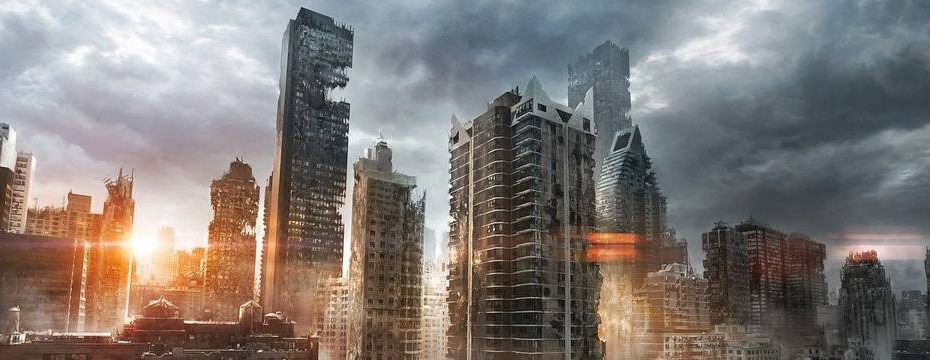
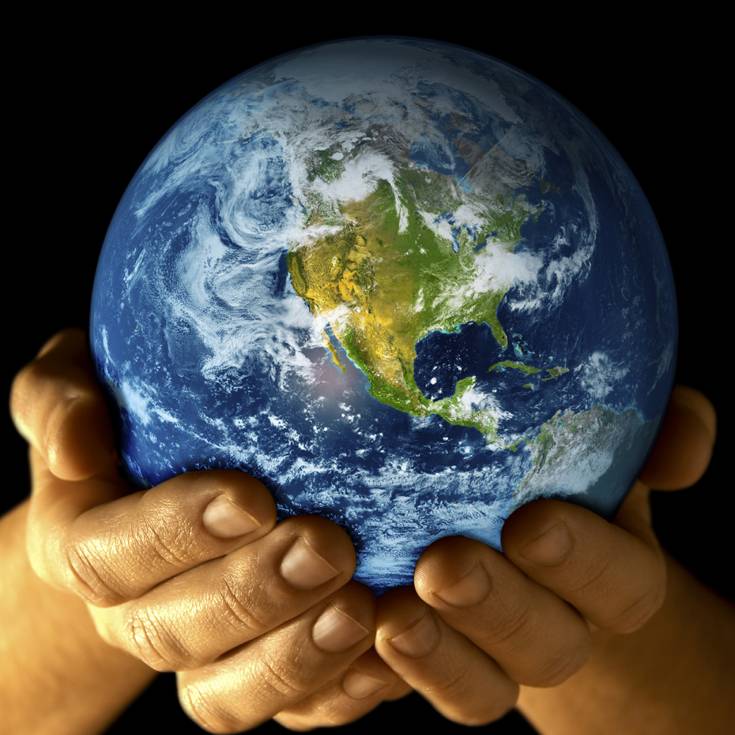
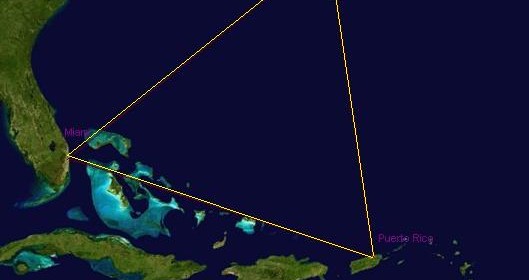
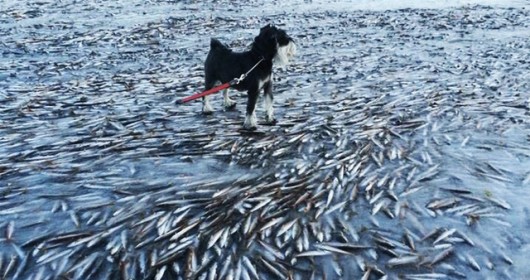

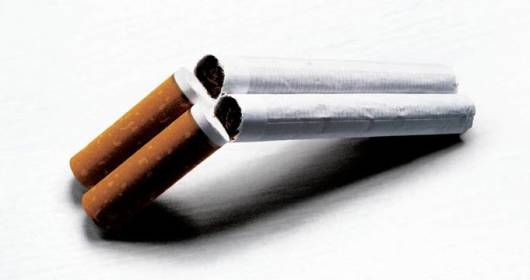


Leave a Reply